It was 2016 and Apple introduced the iPhone 6S. As one of the main innovations, he brought an increase in the megapixels of his camera, to 12 MPx. And as is known, this resolution is also kept by the current series, i.e. the iPhone 13 and 13 Pro. But why is this so when the competition offers more than 100 MPx?
The uninitiated might think that such a Samsung Galaxy S21 Ultra with its 108 MPx must absolutely beat iPhones. However, when it comes to camera quality, more is not better. Well, at least with regard to MPx. Simply put, megapixels are not important here, but the quality (and size) of the sensor. The number of MPx is actually just a marketing trick.
It's about the size of the sensor, not the number of MPx
But to be fair, yes, of course their number affects the result to some extent, but the size and quality of the sensor is much more important. The combination of a large sensor with a lower number of MPX is actually absolutely ideal. Apple thus follows the path that preserves the number of pixels, but constantly increases the sensor, and thus the size of the individual pixel.
So which is better? Have 108 MPx where each pixel is 0,8µm in size (Samsung's case) or have 12 MPx where each pixel is 1,9µm in size (Apple's case)? The larger the pixel, the more information it carries and therefore also gives a better result. If you take a photo on the Samsung Galaxy S21 Ultra with its primary 108MP camera, you won't end up with a 108MP photo. Pixel merging works here, which results in e.g. 4 pixels being merged into one, so that it is larger in the final. This function is called Pixel Binning, and it is also provided by the Google Pixel 6. Why is this so? Of course it's about quality. In the case of Samsung, you can turn on taking photos in the settings at full 108MPx resolution, but you won't want to.
It could be interest you
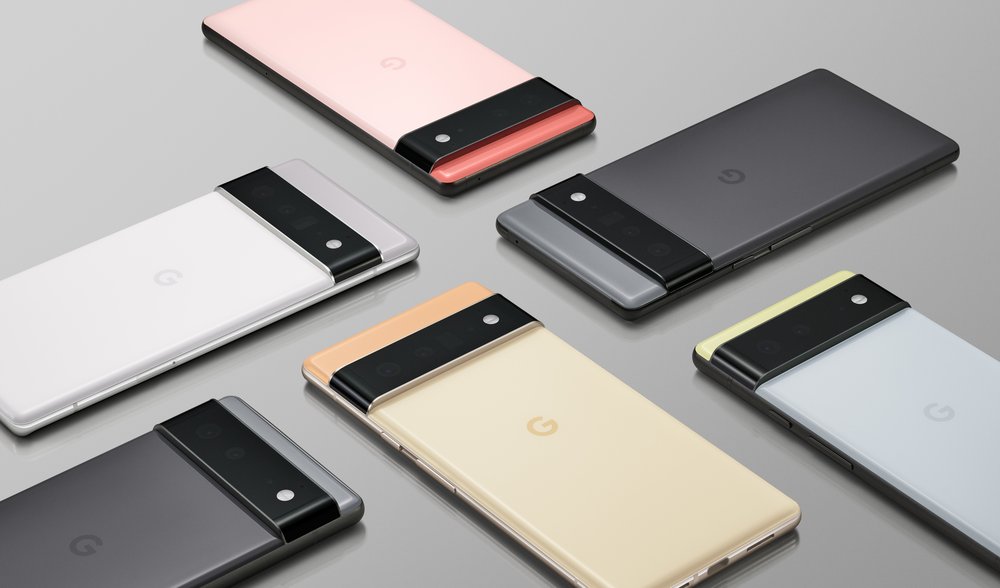
Independent comparison
The only advantage of such a large number of megapixels can be at most in digital zoom. Samsung presents its cameras so that you can take pictures of the moon with them. Yes, it does, but what does digital zoom mean? It's just a cut from the original photo. If we're talking about a direct comparison of the Samsung Galaxy S21 Ultra and iPhone 13 Pro phone models, just look at how both phones ranked in a renowned independent ranking of photo quality DXOMark.
Here, the iPhone 13 Pro has 137 points and is in 4th place. Samsung Galaxy S21 Ultra then has 123 points and is in 24th position. Of course, there are many essentials included in the assessment, such as video recording, and certainly it is also about debugging the software. However, the result is telling. So the number of MPx is simply not decisive in mobile photography.
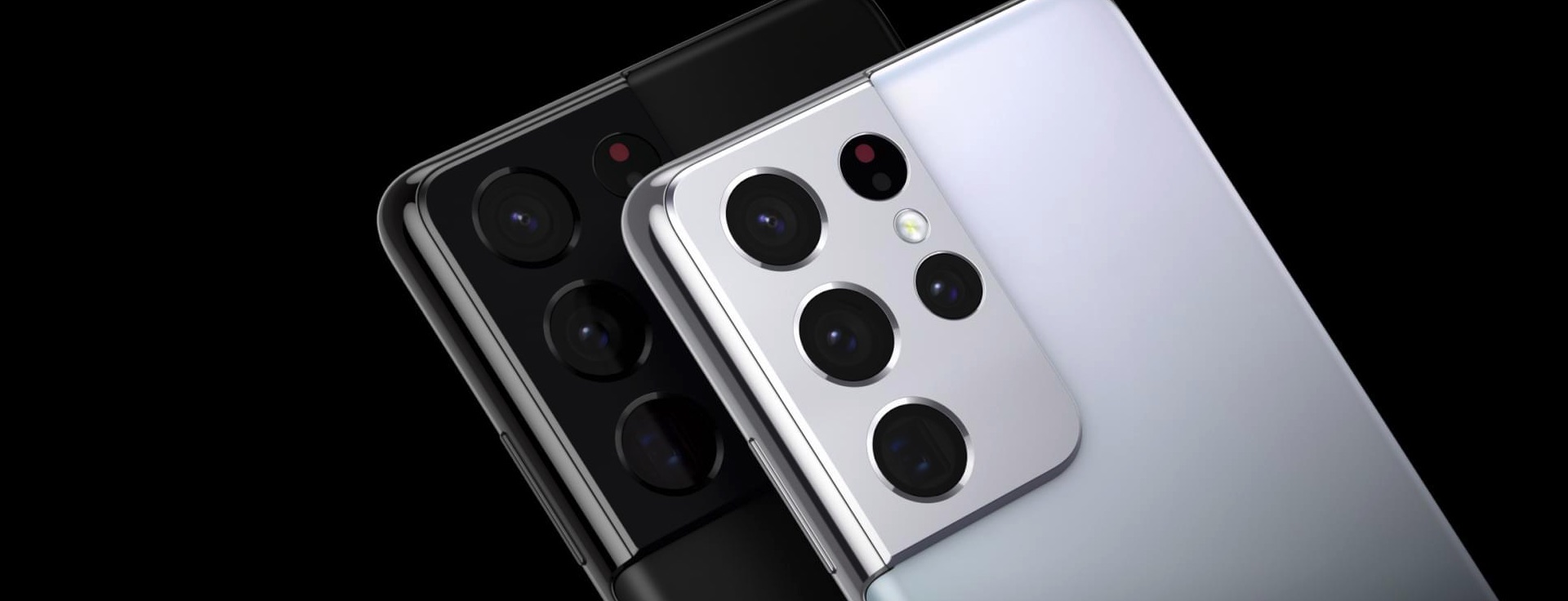
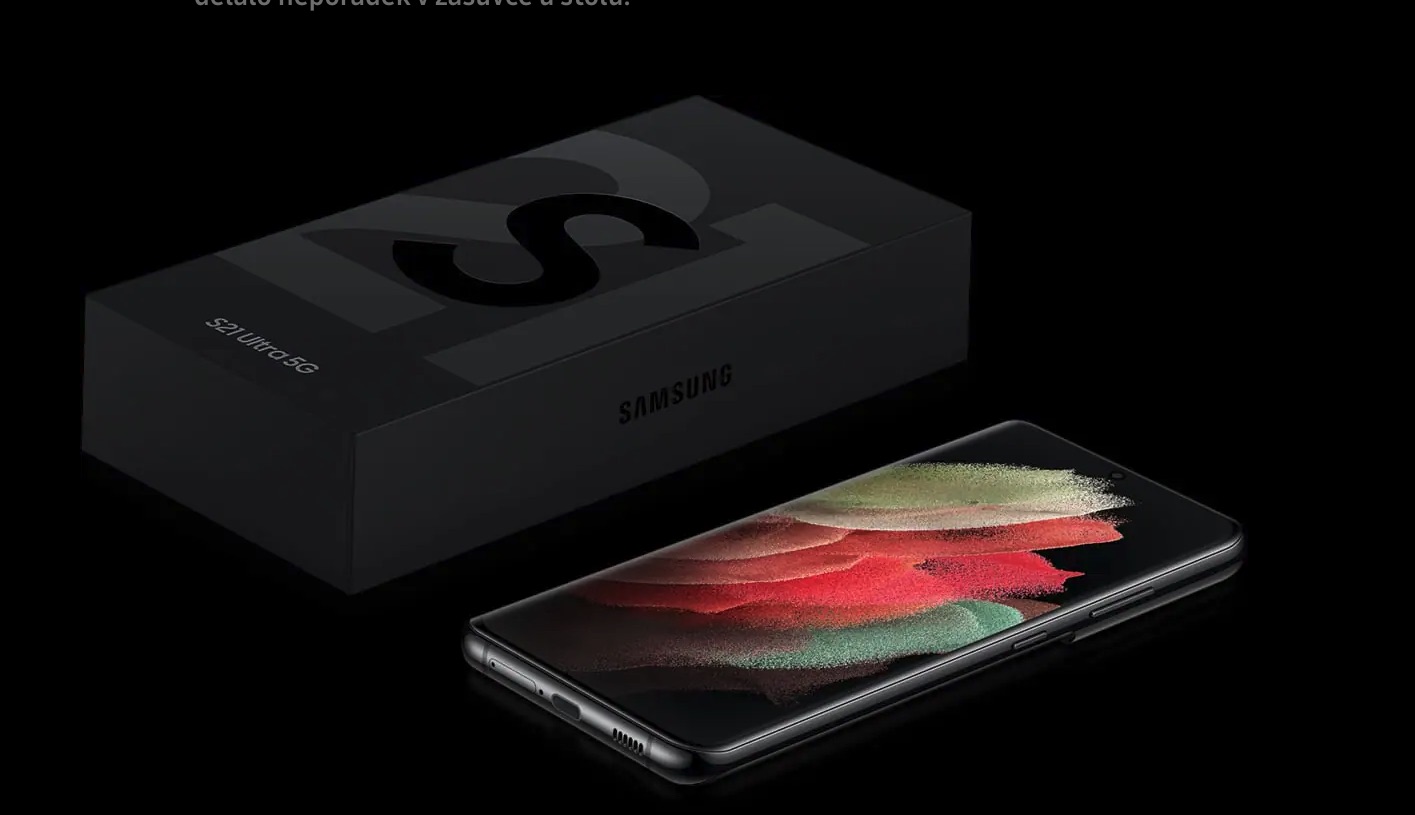
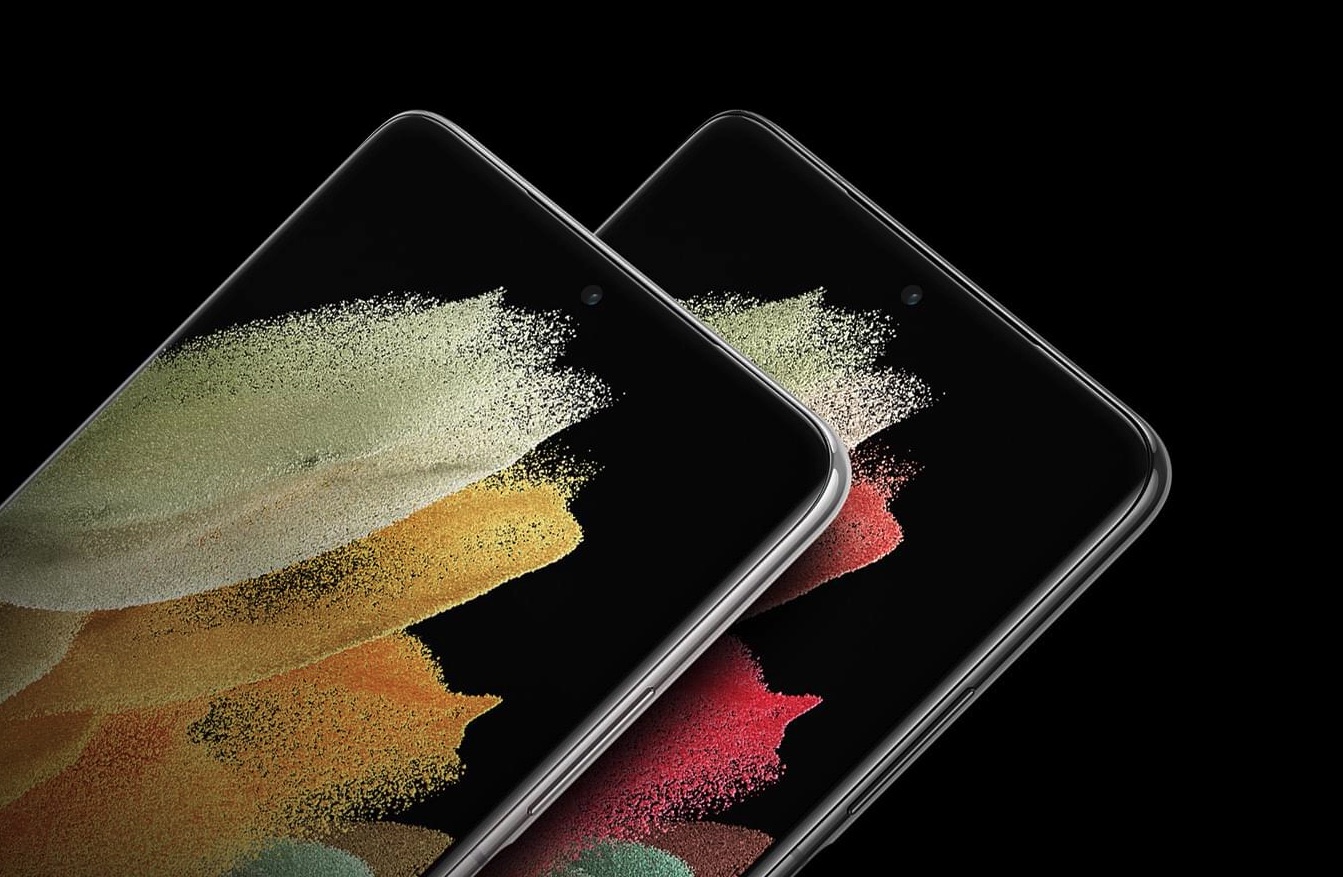
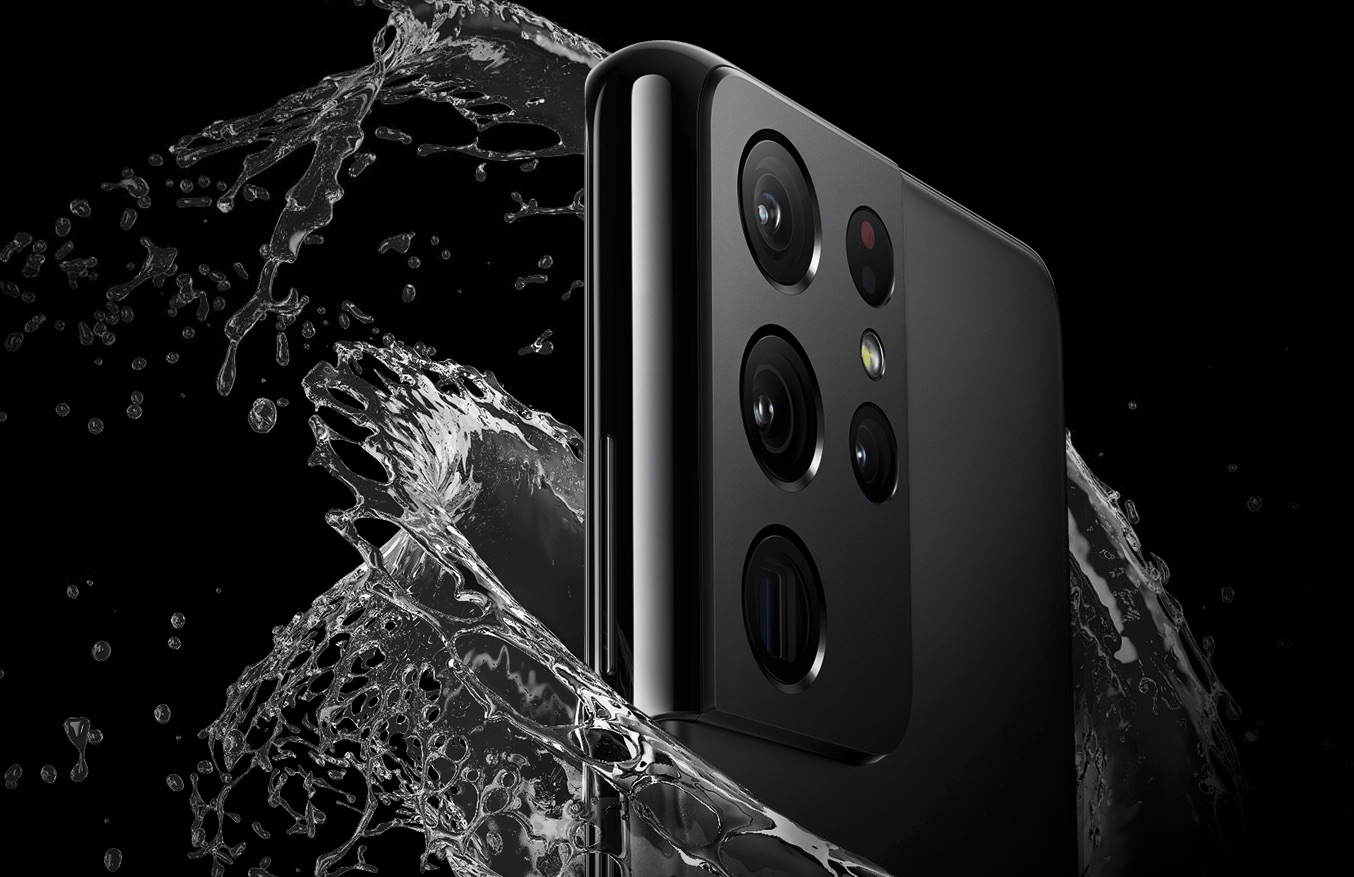

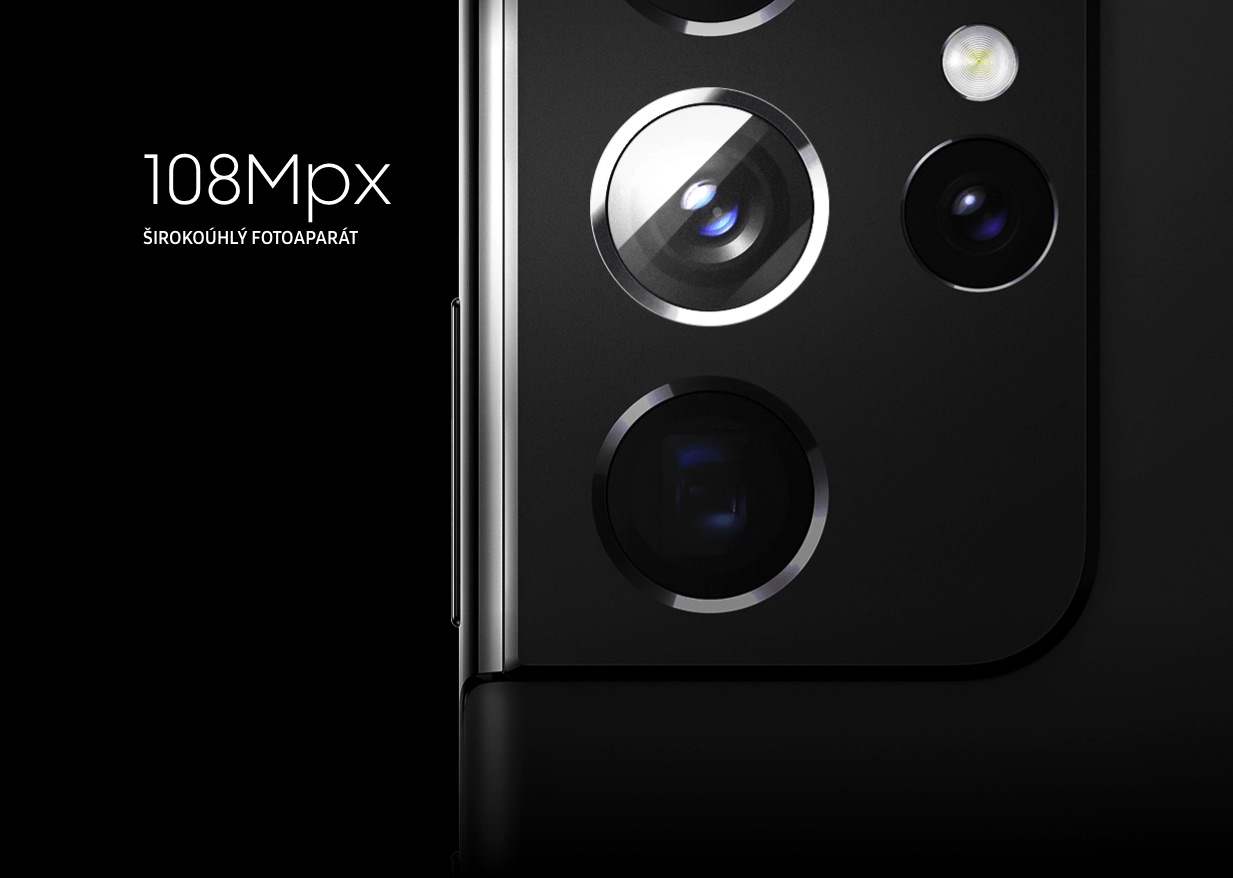

 Adam Kos
Adam Kos 

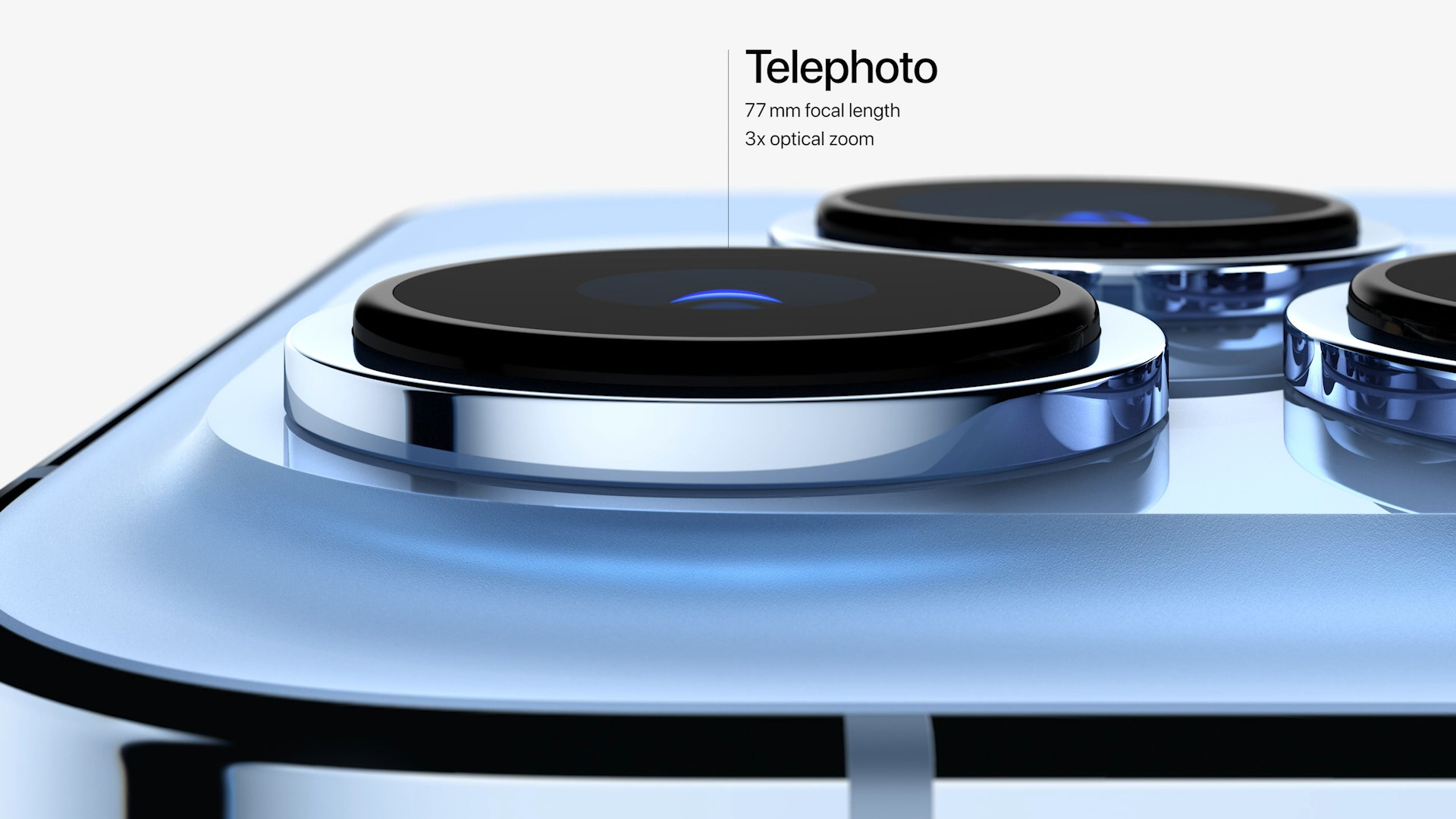

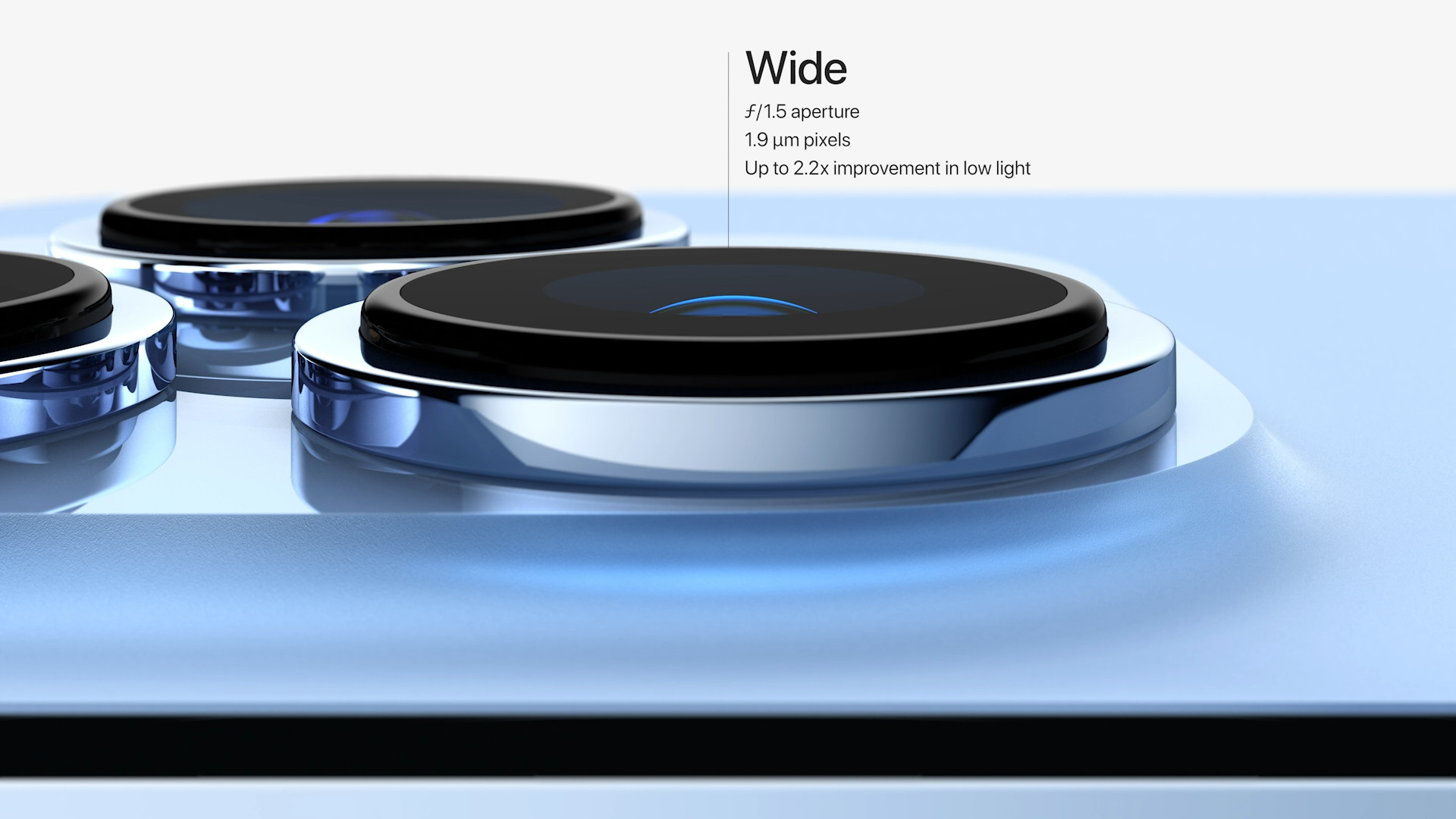





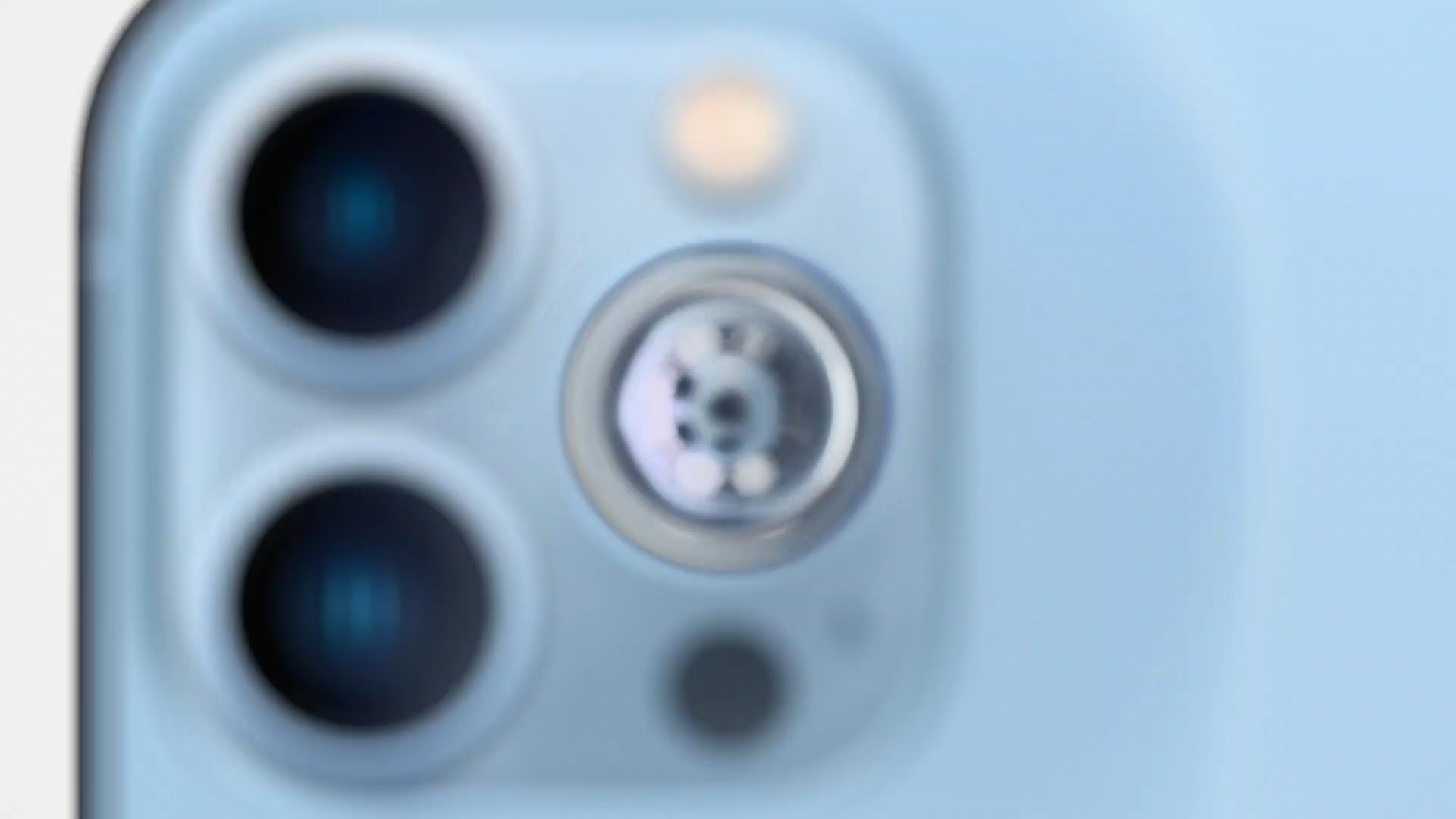
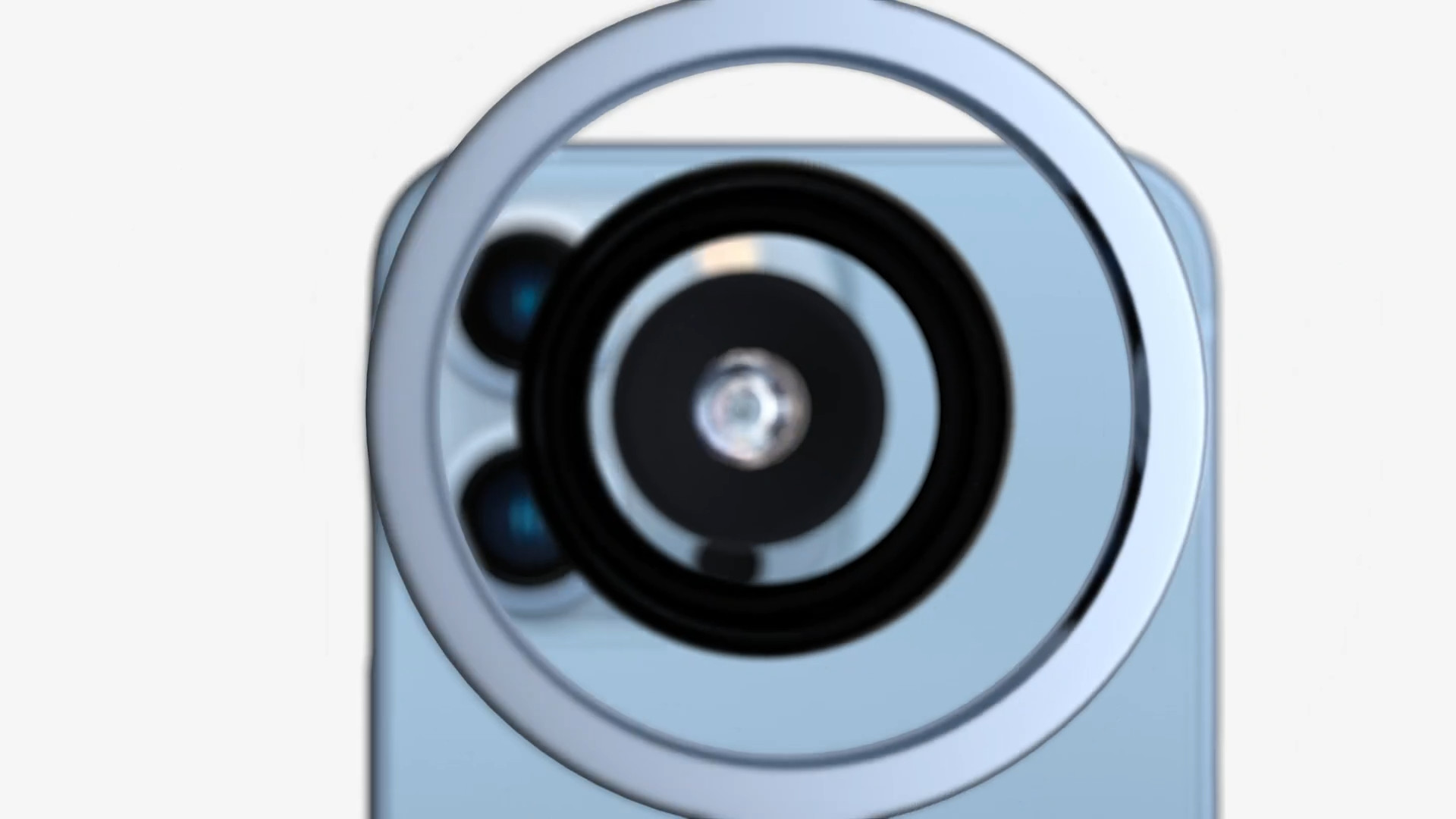
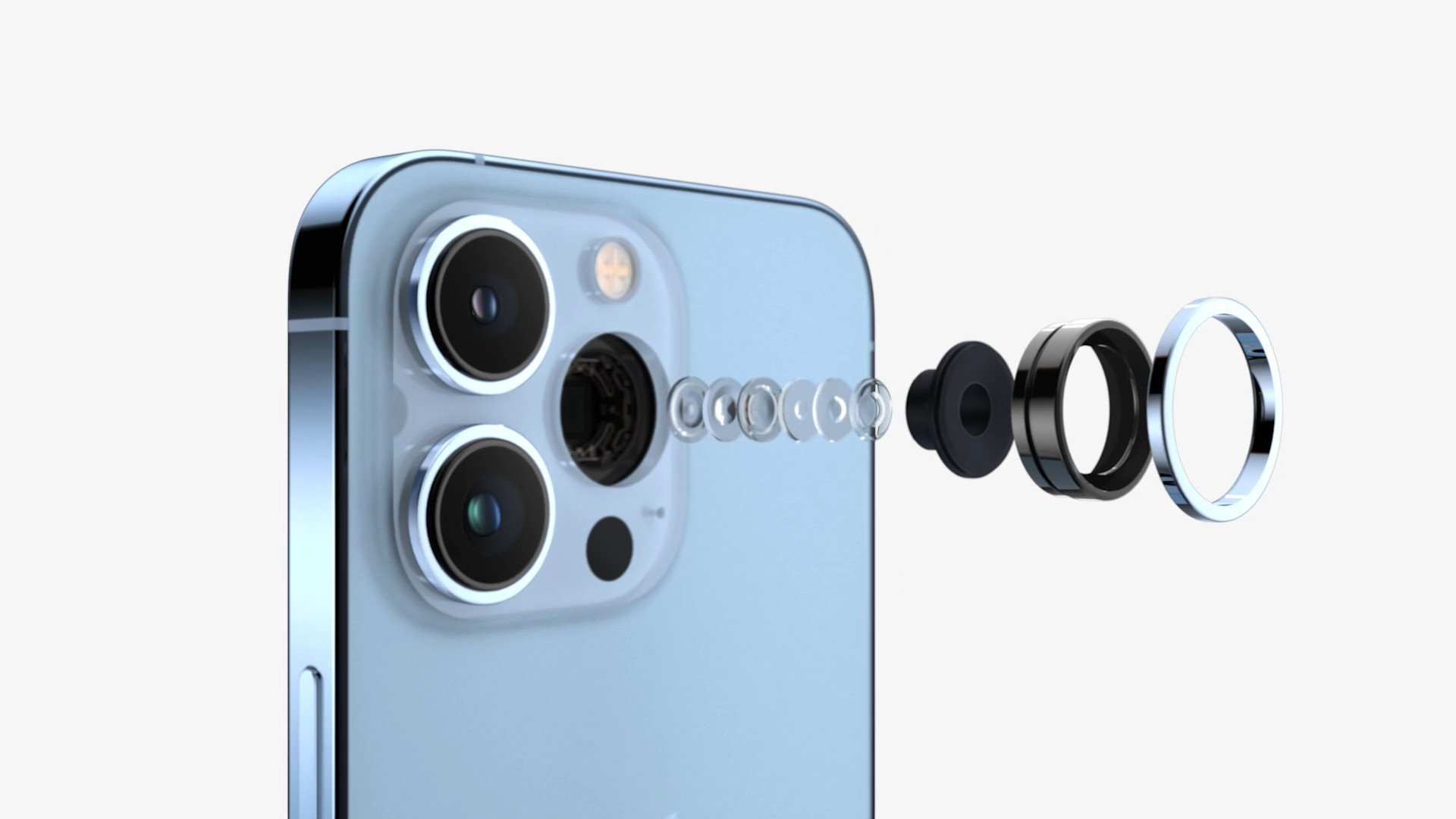
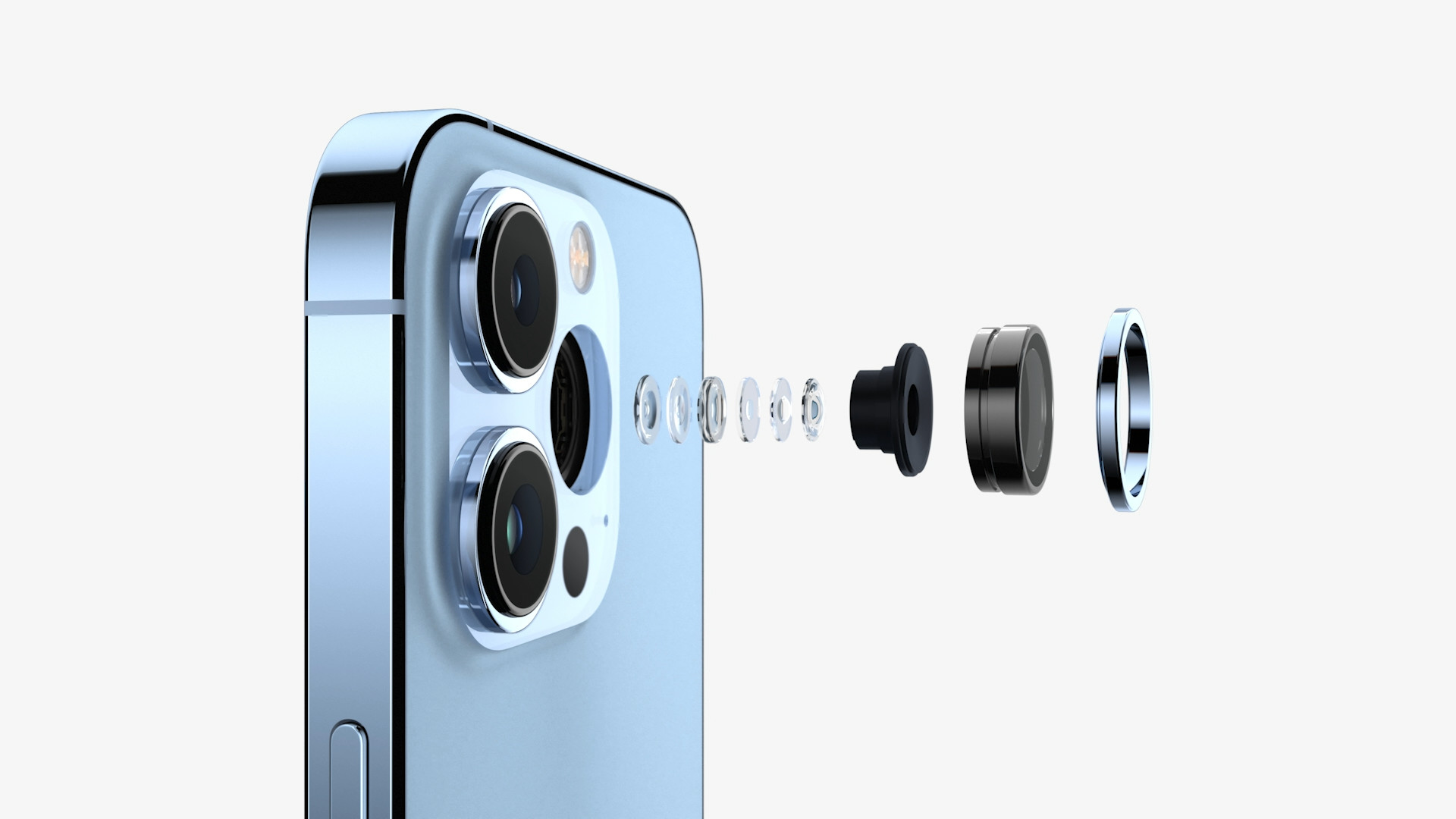
It's just worth noting that a completely different Samsung with unfinished software was rated in that ranking, and today the camera quality is much higher.
And it is also necessary to add that Apple is completely different from open-source Android ;)
Erm IOS :)